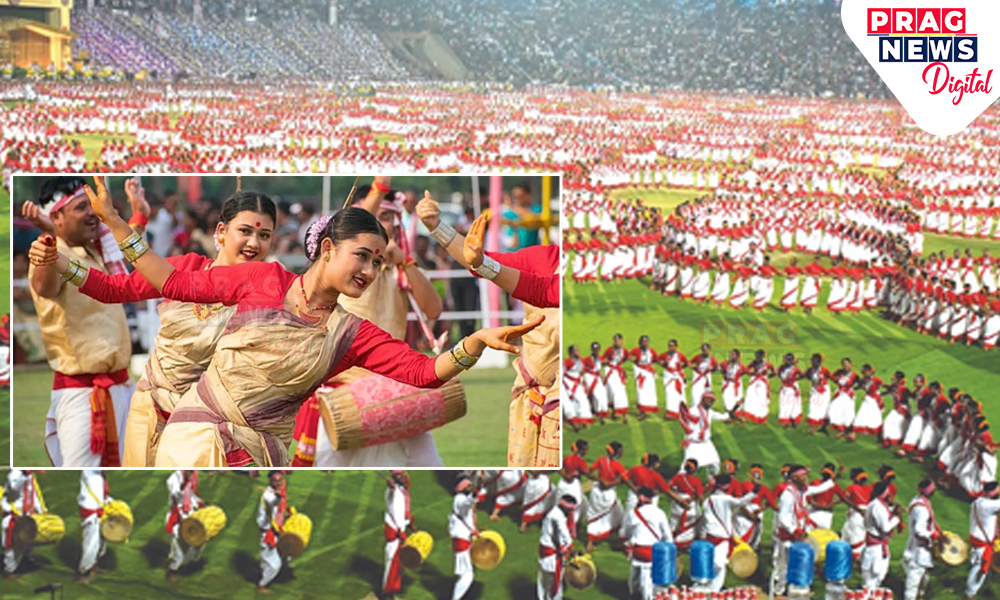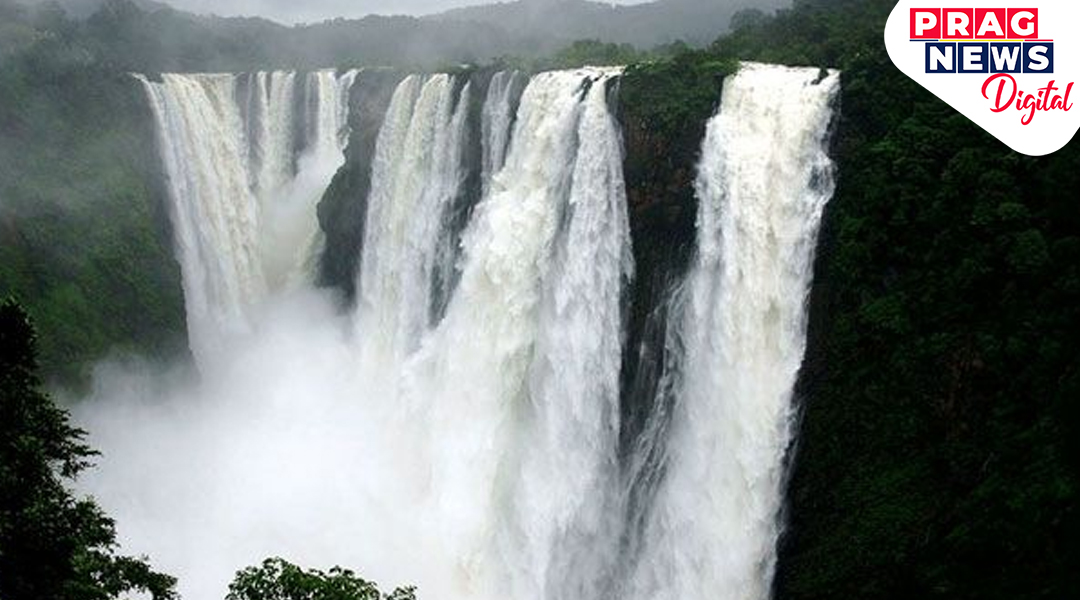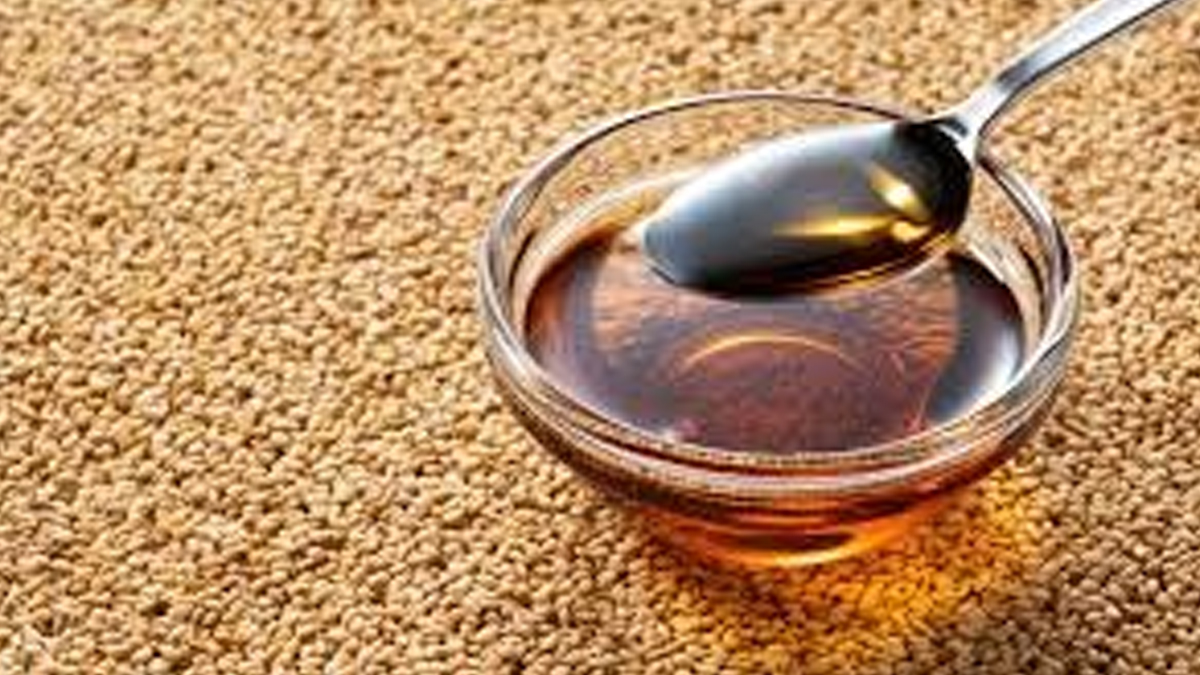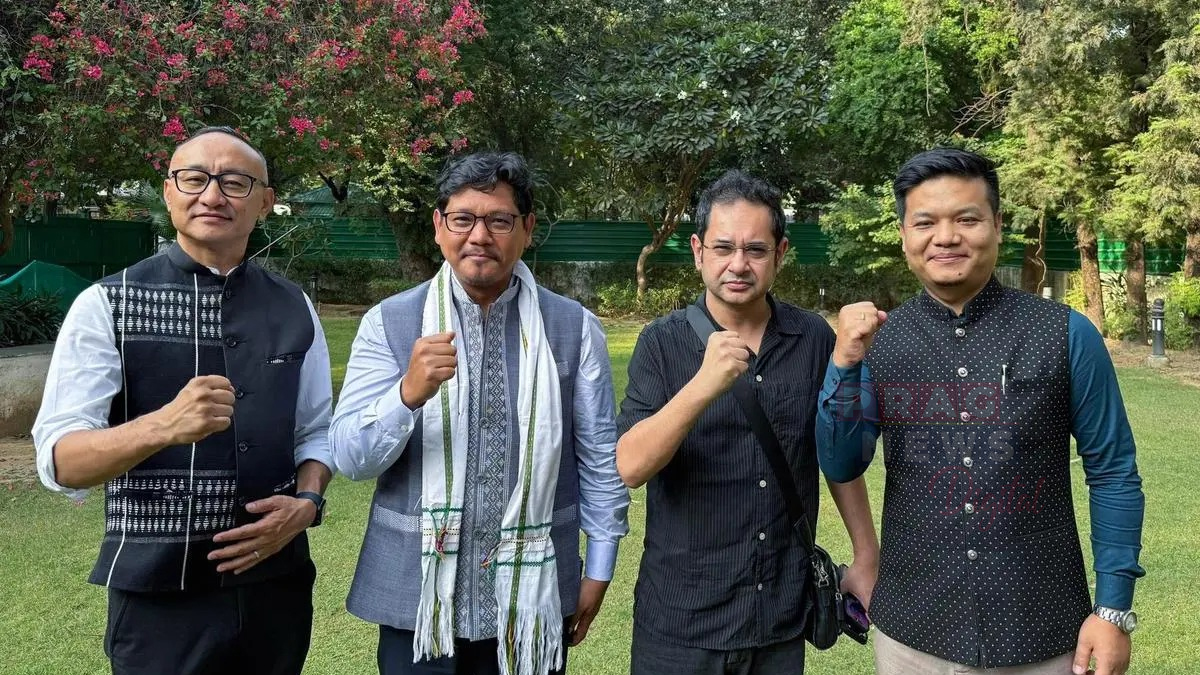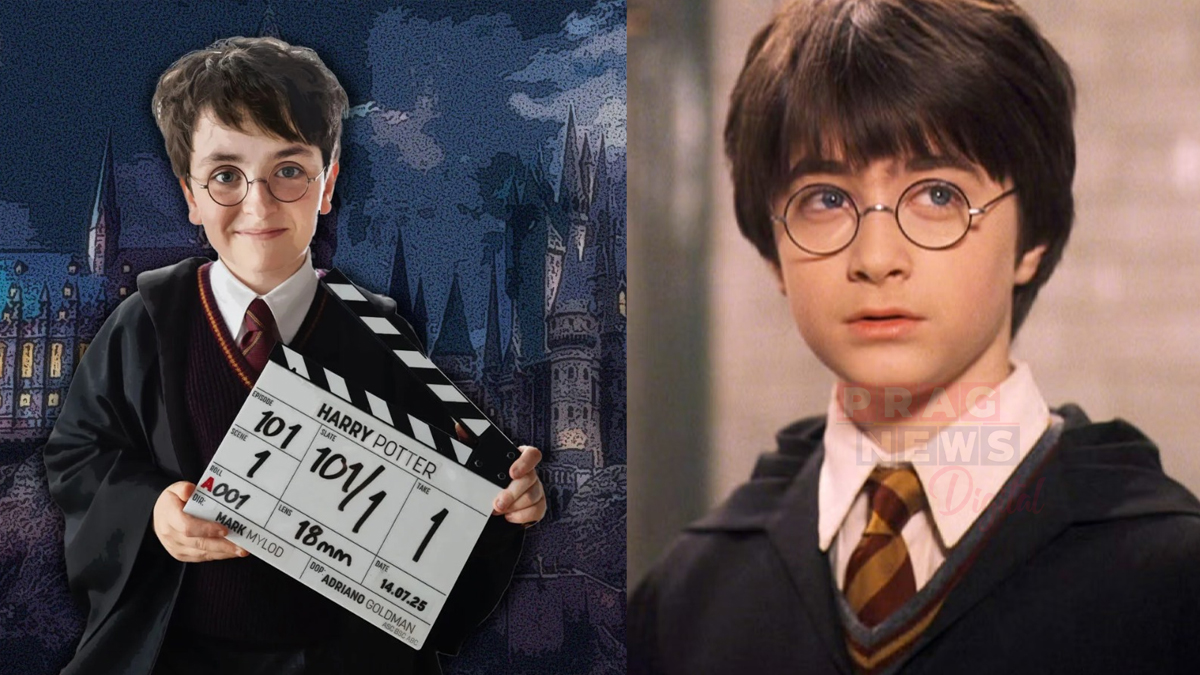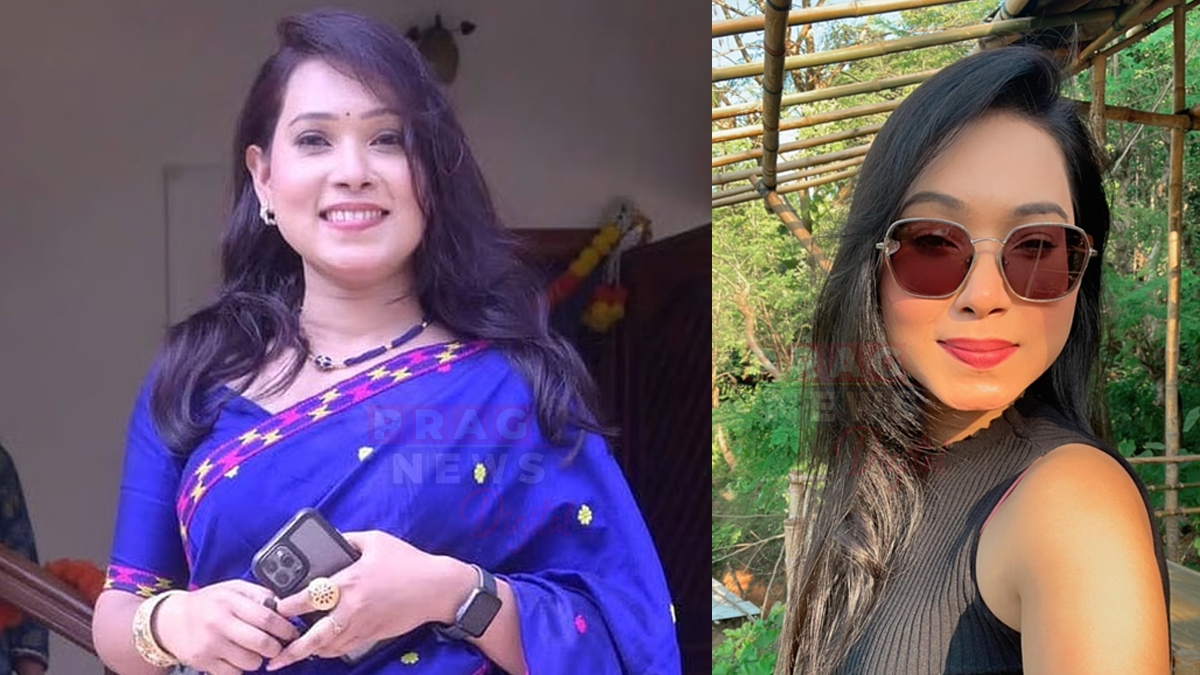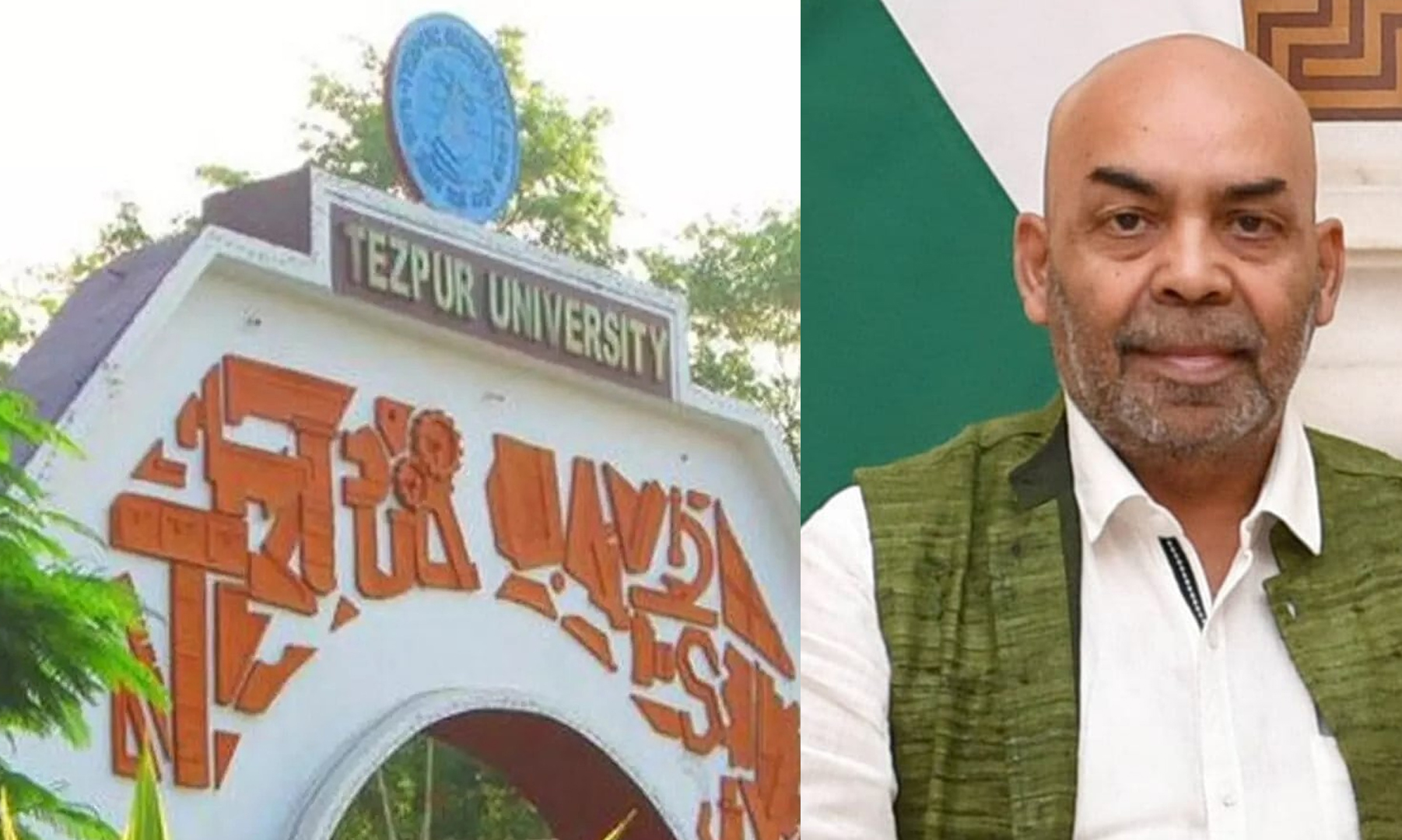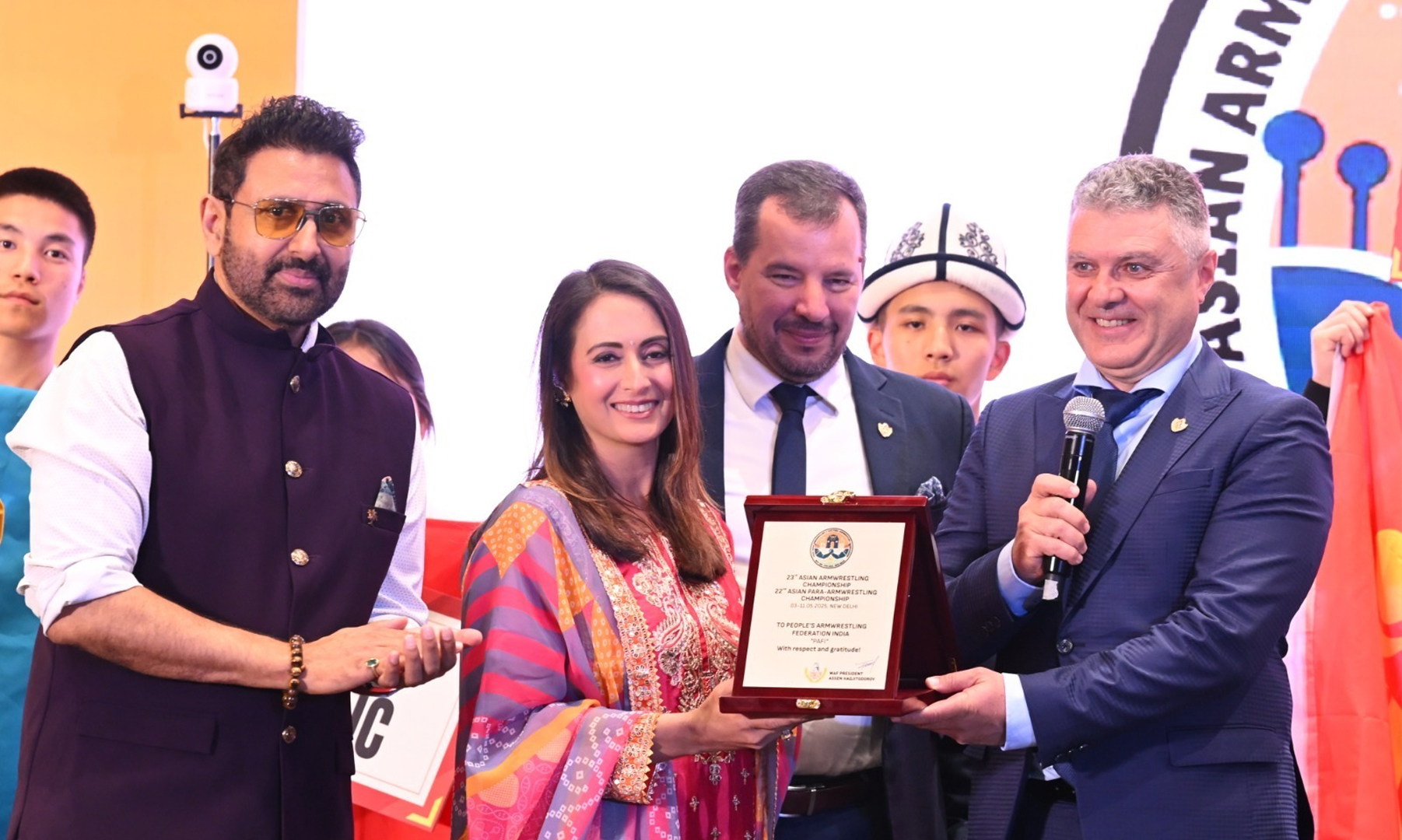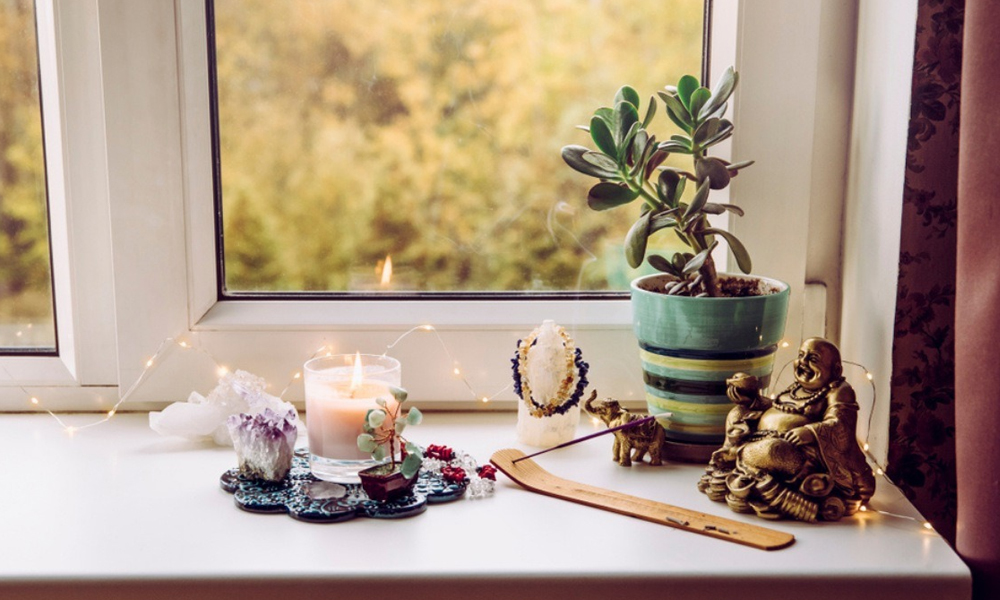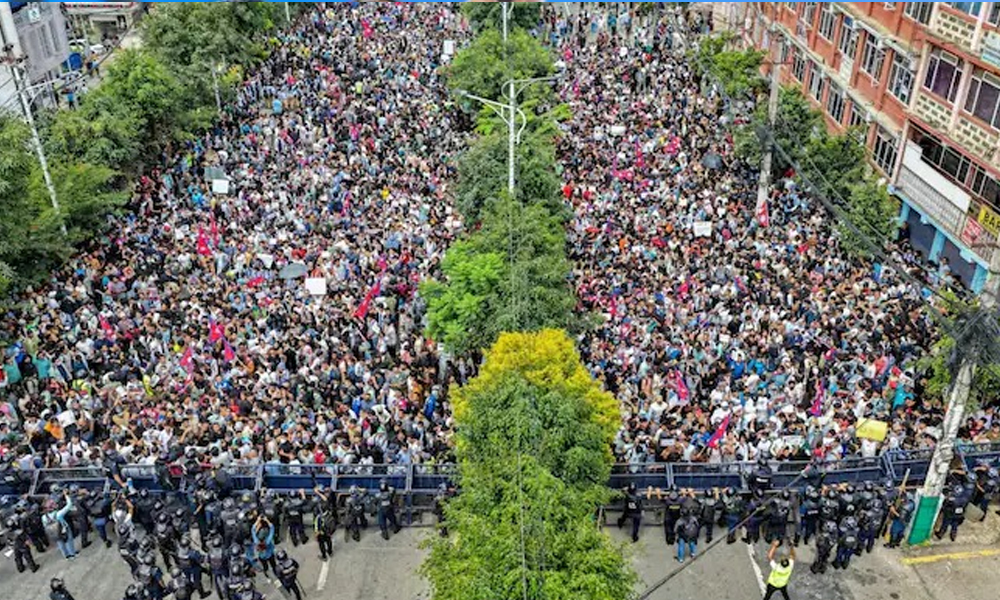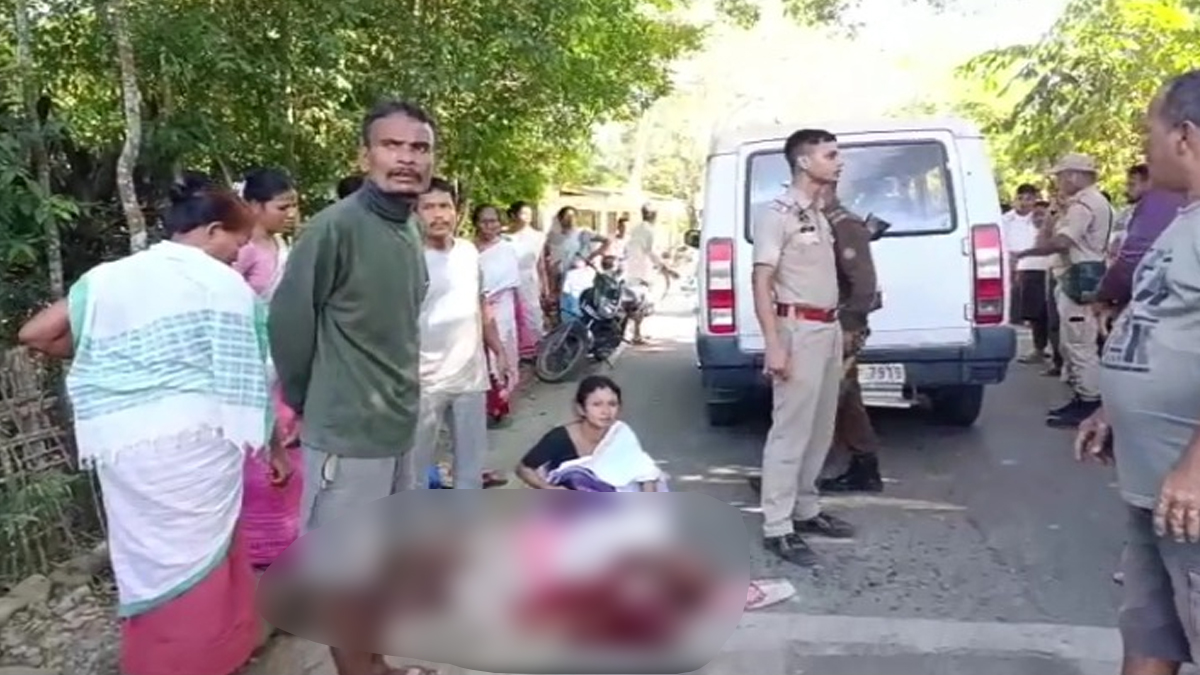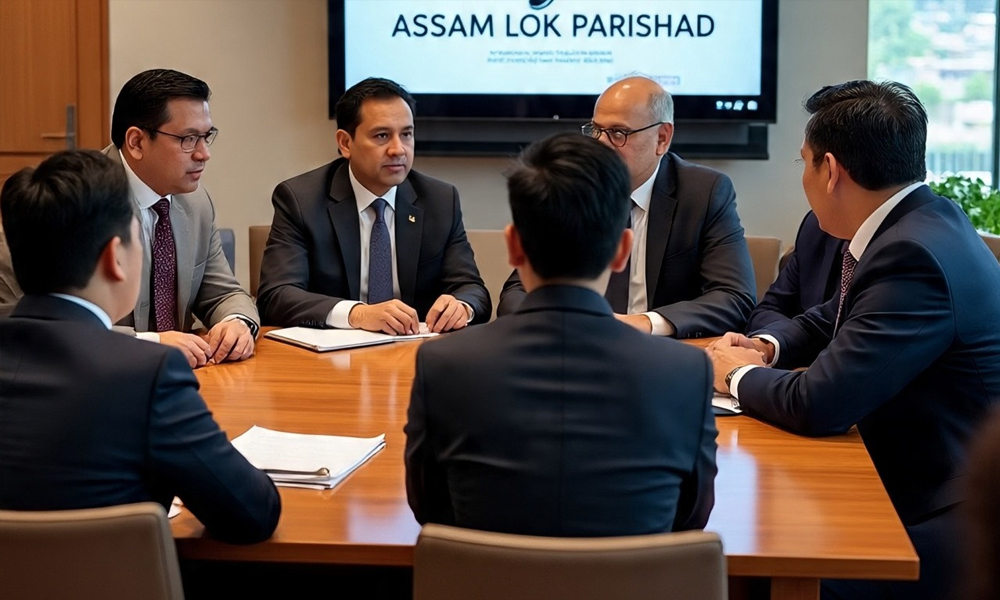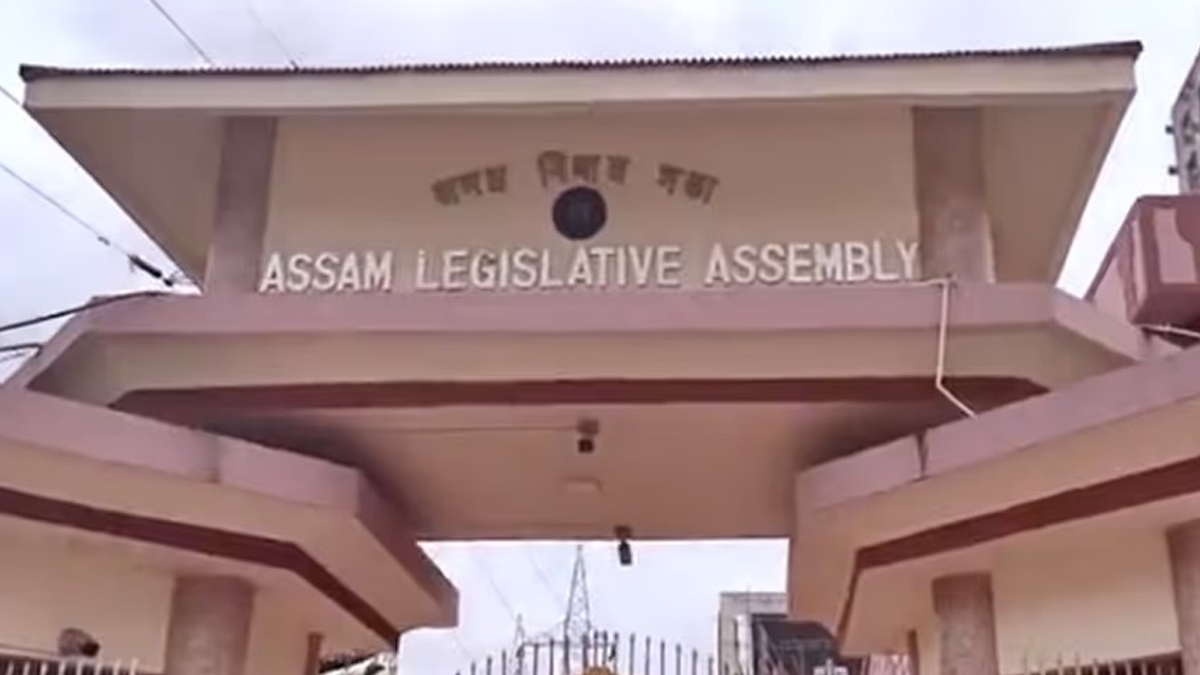Digital Desk: Assam is a vibrant state which is nestled in the northeastern region of India. It is known as the land of Red Hills, green valleys and blue rivers. Graced by the majestic flow of Brahmaputra River and surrounded by verdant landscapes, the state presents a beautiful blend of ecological and cultural heritage. In this 2025 update, we will dive into the vibrant folk dances of Assam, each reflecting the region’s deep rooted diversity and rich traditions.
Bihu Dance
Credits- Wikipedia
Bihu dance is one of the most celebrated and vibrant folk dances of Assam and is deeply intertwined with the state’s cultural identity. It is a group dance that primary performed during Rongali Bihu, the Assamese new year and harvest festival, which marks a time of joy, fertility and renewal. Although the origin of Bihu dance is unknown, the first official evidence of it is found when the Ahom King Rudra Singha invited Bihu dancers to perform in the Ranghar fileds on the occasion of Rongali Bihu around 1694.The joy and beauty of Bihu dance lie in it’s vibrant expression of life, love and nature, all of which are deeply embedded in Assam’s agrarian heritage.
Sattriya Dance
Credits- India in Russia
Sattriya dance is one of the eight classical dance forms of India and holds a special place in Assam’s cultural and spiritual heritage. It was developed in the 15th century by the great Vaishnava Saint and reformer of Assam Mahapurush Sankaradeva. As a classical dance, Sattriya possesses a specific grammar and structure characterised by distinctive body movements, hand gestures, and footwork. The Sattriya dance is not just a dance form but a living tradition that embodies the profound connection between art, spirituality, and humanity.
Jhumur Nach(dance)
Credits- Ministry of Culture
Jhumur is a traditional folk dance form which is practiced by the tea tribe community of Assam. It is originated in the Chotanagpur Plateau and was brought to Assam during the British colonial Era. Over time it blended with Assamese culture becoming a soulful and expressive folk art form that represents the Tea Tribe communities. The dance is usually performed during Autumn season in Assam. It is performed in groups, most of which are made up of women, who dances to the rhythms of traditional instruments like flute, cymbals, and dhol. Jhumur dance is not just a form of entertainment but also serves as a medium for social cohesion and cultural expression among the tea tribe communities.
Bagurumba Dance
Credits- Assam State Portal
Bagurumba is a vibrant folk dance of the Bodo tribe in Assam, often called the “Butterfly Dance” due to it’s personification of movements of butterflies and birds. It is traditionally performed during Bwisagu, the Bodo new year and spring festival. This festival is a time of renewal and gratitude and Bagurumba is a central part of the festivities. In this occasion, only the Bodo women perform the dance, wearing their colourful traditional attire dokhna, jwmgra and aronai. The performers move in synchronised lines or formations, showcasing harmony, coordination and the community’s deep rooted respect for nature and tradition. The dance resembles the gentle poetic movements of butterflies which is believed to be influenced by elements of the nature. This dance form is not only a source of artistic pride but also a tool for preserving Bodo heritage.
Bhortal Dance
Credits- Mridusmita Sattriya
Bhortal Nritya, also known as Bhortal dance, is a vibrant and popular Assamese folk dance form, particularly known in the Barpeta region. It is an extension of the Sankari culture and is characterised by its rhythmic footwork, synchronised movements and the use of large cymbals called “Bhortals”. It was initially performed as a devotional offering in Vaishnavite monasteries, paying tribute to Lord Krishna. With time, the dance stepped out of it’s religious settings and found a place in public performances and festivals. It is performed in large groups, typically of six or more male dancers who carry large, polished cymbals in their hands. The dance is accompanied by traditional Assamese instruments like khol, doba, nagada, and bhortal. Bhortal dance stands out with it’s intensity, precision and raw energy and is a rhythmic salute to the roots of devotion and the spirit of togetherness.
Deodhani Dance
Credits- Wikipedia
Emerging from the spiritual traditions of Assam, Deodhani dance is closely linked to the veneration of the serpent goddess Manasa, embodying ancient rituals of devotion. This dance form is primarily performed by women in a group of three or more. During the dance performance, a goat or a bird is sacrificed in front of the Goddess to appease the goddess Manasa. While the dance is performed by the Deodhanis, the Sukannyani Ojapali and other Palis sing different lyric poems, and the dancers dance accordingly. All the dancers wear phulam mekhela on their chest, another piece of cloth to cover their hips and a colourful tangali tied at their waist. This type of folk dance is performed in very exceptional way with unique costumes, ornaments and style. As people today continue to rediscover the power of traditional performance, Deodhani remains a sacred reminder of the divine energies believed to live around us.
Conclusion
The folk dances of Assam shows the importance of tradition and diversity within the state. They are a living testament to the state’s rich cultural heritage, deep spiritual beliefs and vibrant community life. From the joyful rhythms of Bihu to the divine trance of the Deodhani dance, each dance showcases a captivating story deeply rooted with identity and emotion. These dance performances not only preserve the old customs but also strengthens the bonds within the community. As Assam continues to grow in this modern era, it’s folk dances remain a symbol of cultural pride and diversity.

